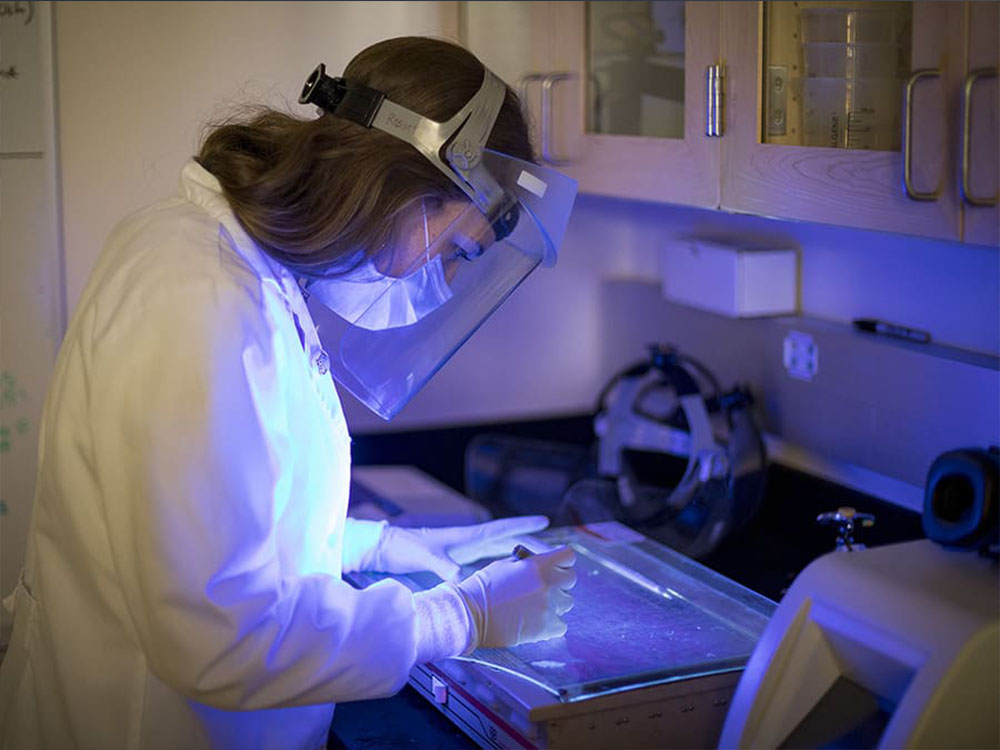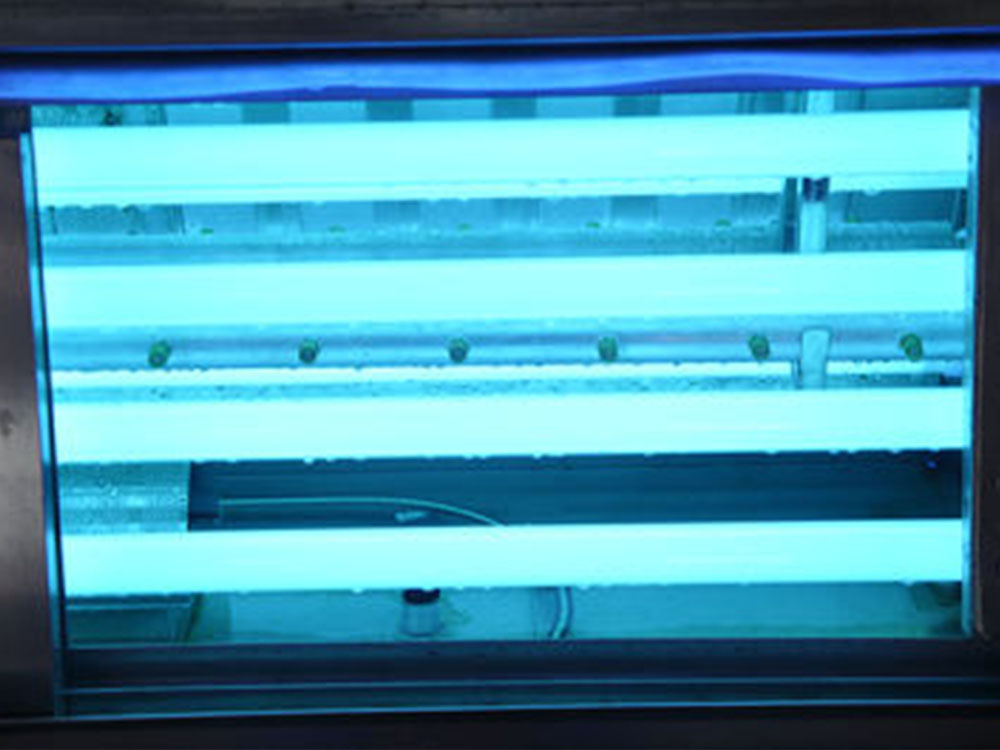Background of the IEC 61215 standard and differences between the two versions
Background of IEC 61215
IEC 61215 is an IEC test method. It is for ‘Crystalline silicon ground-mounted PV modules – Design confirmation and type approval’. The standard is now widely used by the solar industry to test materials or products.
Differences between IEC 61215 and IEC 61215 for UV testing
So far, two versions of IEC 61215 have been published, the first one is IEC 6125:1993 and the second one is IEC 6125:2005. The national standard GB/T 9535:1998 is equivalent to the first version of IEC 6125:1993. It is about designing and sizing crystalline silicon PV modules for ground-mounted use.
The second edition has one more appendix A than the first edition. In the UV test, the title of section 10.10 has changed. It is now ‘UV pre-treatment test (UV pre-treatment test)’. The first edition’s ‘UV test’ aimed to ‘test a component’s ability to withstand UV radiation.’ It said, ‘UV testing is under consideration.” The second edition changes the test’s purpose. “Pre-treat the component with UV irradiation before thermal cycling and wet freezing tests.” This is to check the material’s UV attenuation and adhesion. The new edition details the test setup, procedure, and requirements.
Outdoor weathering factors
Three main factors – light, heat, and moisture – cause weathering damage. Any one of these three factors can cause material deterioration. Their combined effect is greater than the damage caused by any one factor.
(1) Light
Polymer materials have chemical bonds. They are sensitive to different wavelengths of sunlight. There is usually a threshold value. Sunlight’s short-wave UV light is the main cause of ageing in most polymers.
(2) High Temperature
The higher the temperature, the faster the chemical reaction rate. The aging reaction is a photochemical reaction. The temperature does not affect its rate. But, it will affect the rate of the subsequent chemical reaction. Therefore, the effect of temperature on material aging is often non-linear.
(3) Humidity
Water is directly involved in the aging reaction of the material. Dew, rain, and humidity are a few of the main manifestations of water under natural conditions. Studies show that outdoor materials can be wet for up to 8-12 hours each day. Dew is the primary cause of outdoor moisture. Dew causes more damage than rain. It stays on materials longer and creates a more intense moisture attack.
Accelerated UV Aging Test
(1) Sunlight Simulation
UV weathering testers use fluorescent UV lamps to simulate sunlight. It damages durable materials. These lamps are like those used for general lighting. But, they emit mostly UV light, not visible or infrared light.
UVA-340 lamps best simulate sunlight in the short-wave UV band. UVA-340 lamps’ SPD matches sunlight well from the cut-off point to about 360 nm. UV-B lamps are also widely used in UV aging testers. They age materials faster than UV-A lamps. But, they are shorter than the sunlight cutoff wavelength. They may give unrealistic results for many materials.
(2) Irradiance Control
To get accurate, repeatable test results, we must control irradiance (light intensity). Most UV weathering testers have a controller that regulates the daylight eye irradiance. This precise light control system lets the user choose the irradiance. The Daylight Sight feedback loop system can automatically control irradiance. It will maintain it at a precise level. Daylight Sight relies on adjusting the lamp’s power. It does this to compensate for its aging and changes in light intensity. In days or weeks, the UV tester can simulate months or years of outdoor damage.
(3) UV control
The UV aging tester has a simplified luminescence control system. This is due to the spectral stability of fluorescent UV lamps. The output of all light sources decays as the lamp ages. However, unlike most lamps, fluorescent lamps have a stable spectrum. It does not change over time. This improves the repeatability of test results. It is a major advantage of using a UV aging tester.
(4) Temperature Control
Temperature control is crucial in a UV weathering tester. It affects the rate at which a material ages. UV testers use a blackboard or black scale thermometer. It controls the sample’s surface temperature.
(5) Humidity simulation
A UV weathering tester heats a water bath at the bottom of the test chamber to generate steam. In a UV weathering tester, the test sample forms the chamber’s side wall. The surrounding air exposes its other side. The cool air in the chamber keeps the test sample a few degrees cooler than the hot steam. This temperature difference causes liquid water to slowly condense on the sample surface. This is due to the condensation cycle. The UV weathering tester can use a water spray system, too. It is in addition to the standard condensation mechanism. It simulates other damage, like thermal shock or mechanical corrosion. The user can run the UV weathering tester to create a moisture cycle under UV light. This simulates natural aging.
Interpretation of the IEC 6125:2005 UV test standard
We have analyzed the requirements of the IEC 6125:2005 standard for UV test conditions. This is in addition to the description of several aspects of Part 2. It covers spectrum, irradiance, temperature, and humidity.
Definition of the spectrum
Clause 10.10.2 d) of the standard describes ‘a source of UV radiation. Its irradiance must be uniform to ±15% in the test plane of the assembly. It must emit no detectable radiation at wavelengths under 280 nm. It must produce the required irradiance in the 10.10.3 spectral range.’ The UVA-340 lamps’ spectrum fully complies with clause 10.10.2 d) of the standard. The UVB-313 lamp’s spectrum has a few spectral lines below 280 nm. It almost complies with clause 10.10.2 d) of the standard.
Irradiance Settings
Section 10.10.3 a) of the standard says: “Use a calibrated radiometer to measure the irradiance on the test plane of the assembly.” At wavelengths from 280 nm to 385 nm, the irradiance must not exceed 250 W/m2 (about 5 times the natural light level). Also, the uniformity of irradiance across the measurement plane must be ±15%.” Part 10.10.3 says: “Expose the module to UV radiation of 15 kWh/m2 in the 280 nm to 385 nm range, including 5 kWh/m2 at 280 nm to 320 nm.” Maintain the module’s temperature in the specified range for the test duration.”” ’ Range’. We will set the irradiance of the UVA-340 and UVB-313 lamps separately. Next, we will calculate the run time at the set irradiance. This is to meet the energy requirements in Section 10.10.3 c) of the standard.
(1) UVA lamps alone
At an irradiance of 0.68 W/m2 at 340 nm, the 280-385 nm band must be less than 250 W/m2 to meet section 10.10.3 a) of the standard. It is 35.2 W/m2. The irradiance in the 280-320 nm band is 3.1 W/m2. We assume that, after X hours of UV lamp use, the component will get 15 kWh/m2 of UV radiation in the 280-385 nm range. If the lamp works for Y hours, the UV radiation in the wavelength range of 280 nm ~ 320 nm will be 5 kWh/m2. The specific calculation is as follows.
35.2 W/m2 × ‘x’ hours = 15000 Wh/m2 × 426 hours
3.1 W/m2 x“Y”hours = 5000 Wh/m2 Y= 1613 hours
The calculations show that, at 0.68 W/m2 at 340 nm, it takes 1613 hours for the UV radiation to reach 5 kWh/m2. This is due to the lower irradiance at 280 to 320 nm. UVA lamps need 1613 hours of use to meet the energy in part c) of section 10.10.3 of the standard. That’s more time-consuming.
(2) Use of UVB lamps alone
When the irradiance of 310 nm is 0.68 W/m2, it must meet the standard 10.10.3, section a). The 280-385 nm band must be less than 250 W/m2, with an irradiance of 31.3 W/m2 and 18.8 W/m2 for the 280-320 nm band. We assume UVB lamps work for X hours. The UVB component in the 280nm to 385nm range is 15kWh/m2. The lamp works for Y hours. The UVB radiation in the 280nm to 320nm range is 5kWh/m2. The calculation is as follows.
31.3 W/m2 × ‘x’ hours = 15000 Wh/m2 × 479 hours
18.8 W/m2 x ‘Y’ hours = 5000 Wh/m2 Y = 266 hours
At 0.68 W/m2 310nm irradiance, the module needs 266 hours of UV radiation at 280-320nm at 5kWh/m2. It takes 479 hours to expose the module to 15kWh/m2 of UV radiation in the 280nm to 385nm band. UVB lamps will meet section 10.10.3, part c) of the standard after 479 hours of operation. This is much faster than with UVA lamps.
(3) Simultaneous use of UVA and UVB lamps
UVB lamps can reduce test times, as noted in section 3.1. But, their small spectrum under 280nm means they don’t meet the IEC 6125:2005 UV Spectrum standard. However, using the UVA lamps alone results in a test time that is too long. You can use these two lamps in combination. If you use the UVB lamp for X hours first, followed by Y hours with the UVA lamp, the calculation is as follows:
18.8 W/m2 x ‘x’ hours + 3.1 W/m2 x ‘Y’ hours = 5000 Wh/m2
31.3 W/m2 x ‘x’ hours + 35.2 W/m2 x ‘Y’ hours = 15000 Wh/m2
The equations, from X = 229 hours and Y = 222 hours, will meet the energy requirements in section 10.10.3(c) of the standard. This means running the UVB lamp for 229 hours, and then the UVA lamp for 222 hours. The run time for both lamps is 451 hours, which is faster than using the UVB lamp alone. Typically, we recommend this method.
Temperature control
Section 10.10.2 a) of the standard states: “Equipment for controlling the temperature of the assembly when exposed to UV radiation.” “The assembly’s temperature range shall be 60°C ± 5°C.” This is within the QUV range. Set the black panel temperature to 60°C ± 5°C to test it.
Humidity Control
The standard has no humidity requirement. So, don’t set up condensation or water spray cycles for testing.
Conclusions and Recommendations
The IEC 6125:2005 standard is widely used in the solar industry. When testing the standard with a QUV UV tester, the UVB lamp can run for 229 hours at 0.68 W/m2. The UVA lamp can run for 222 hours at 0.68 W/m2. The black panel temperature is set to 60°C ± 5°C throughout the test.
The standard does not require humidity. But, many UV standards now include UV light and water spray cycles. So, we suggest adding condensation or water spray cycles when the standards are revised in the future.
For more environmental test chamber, Please visit: https://chiuventionclimatechamber.com
For more environmental test simulation programmes,environmental testing knowledge, instrument knowledge, and environmental testing laboratory knowledge, please contact us: [email protected]


